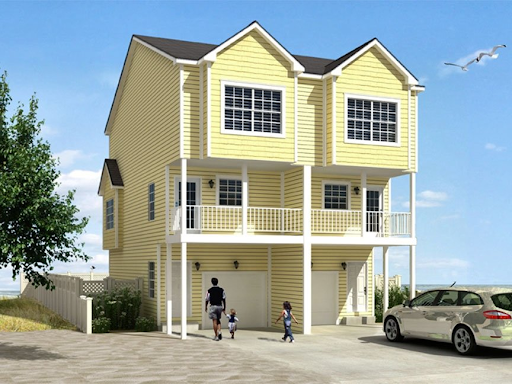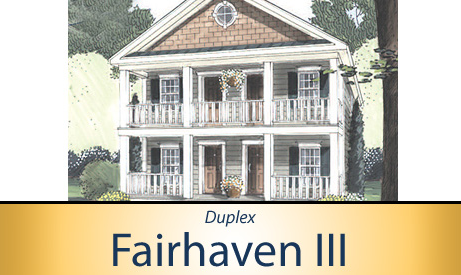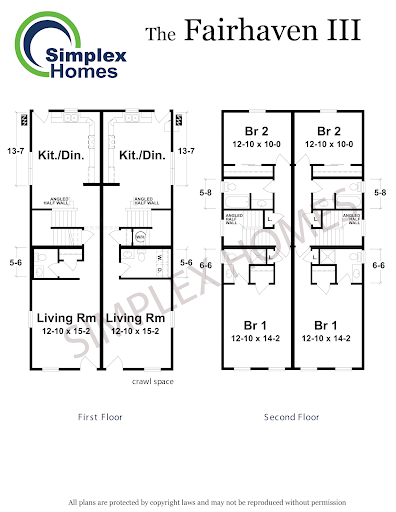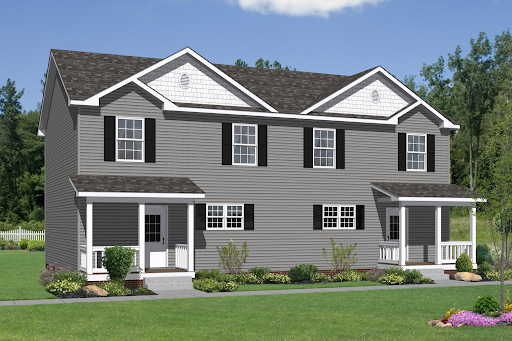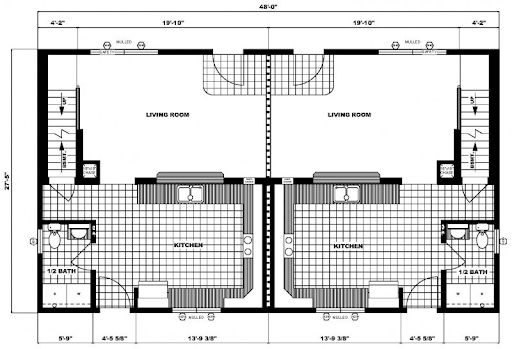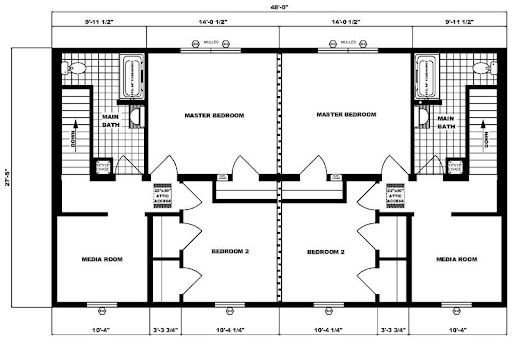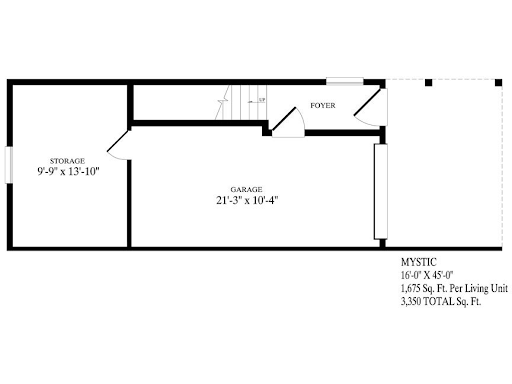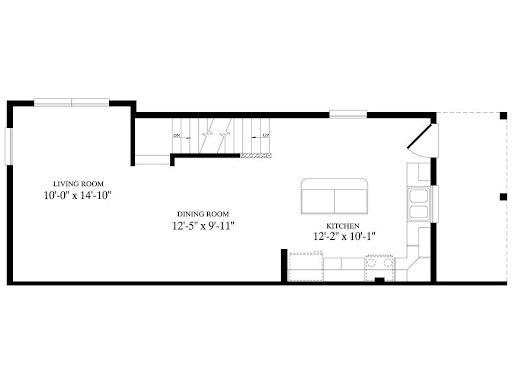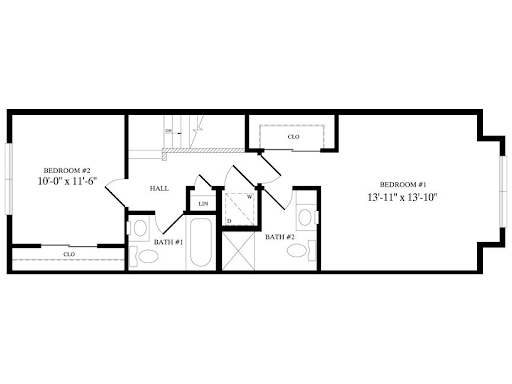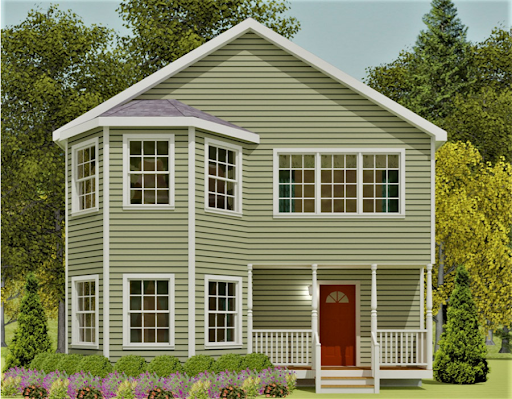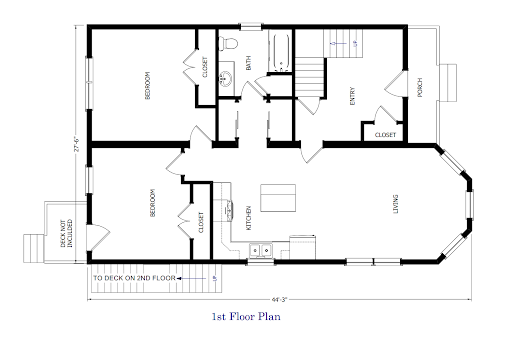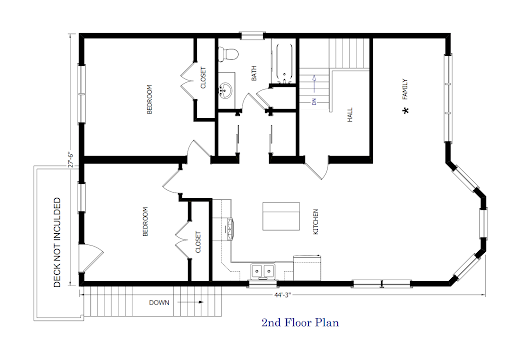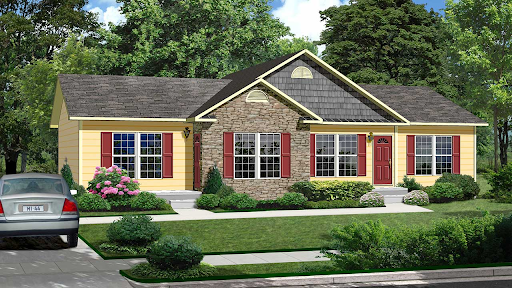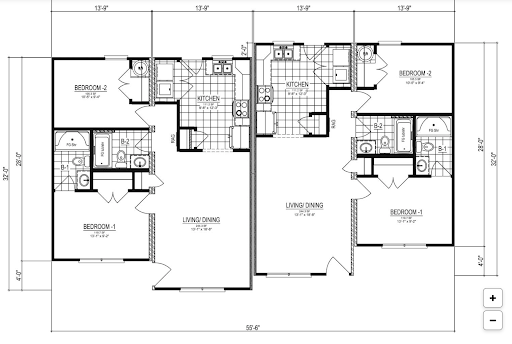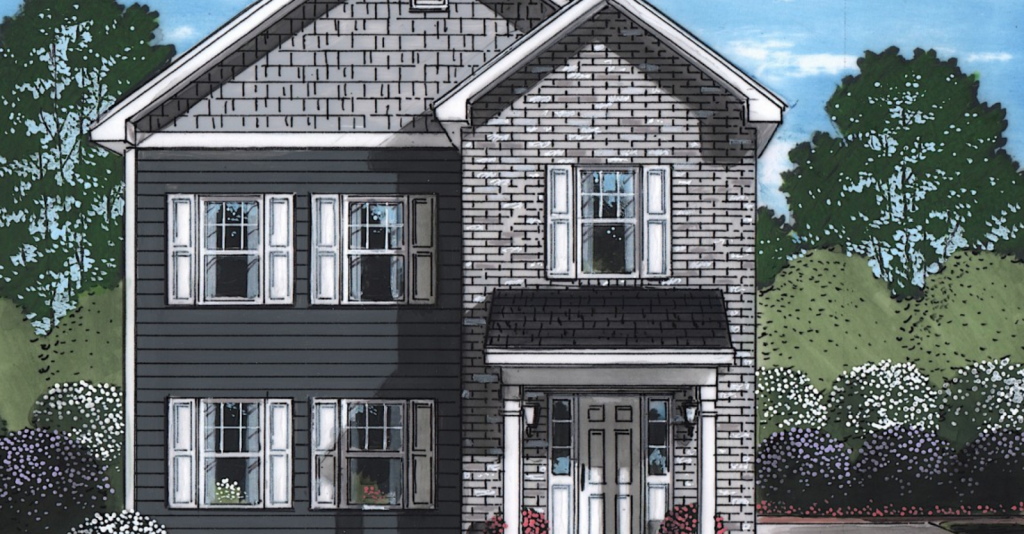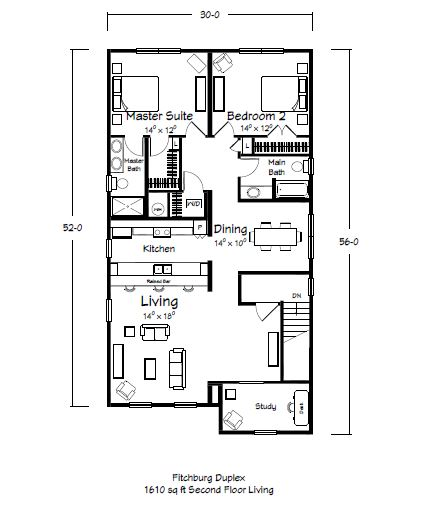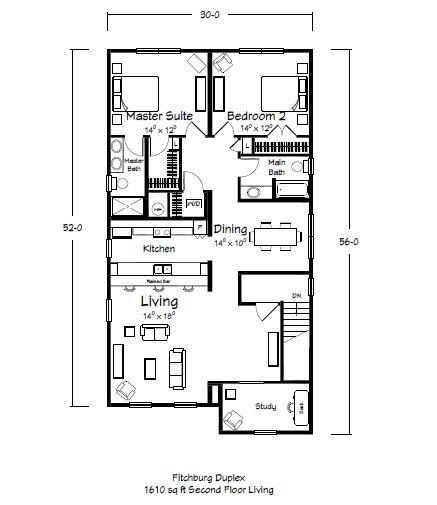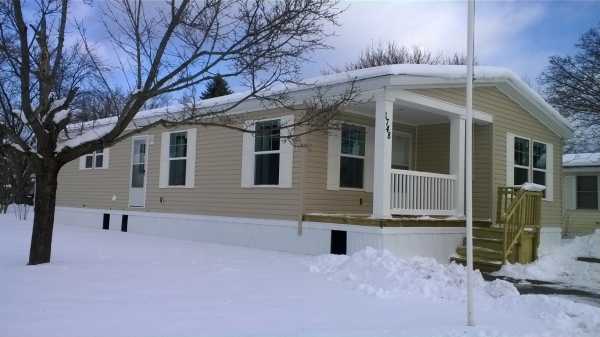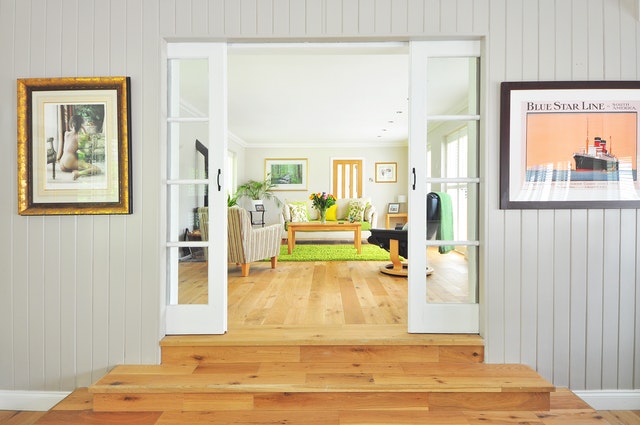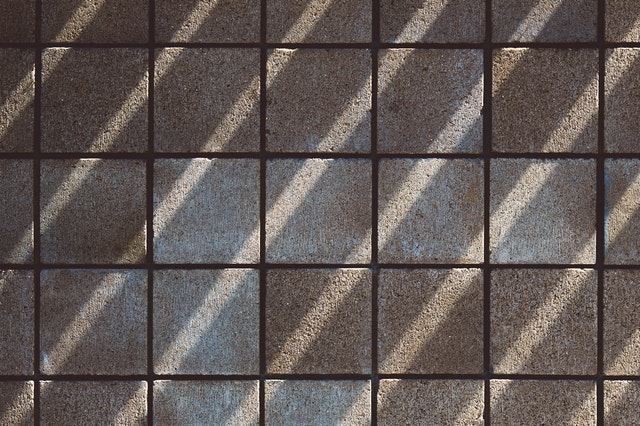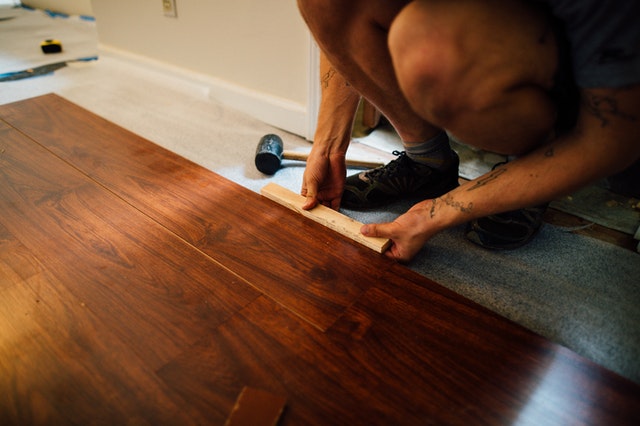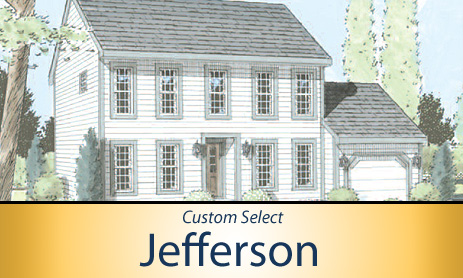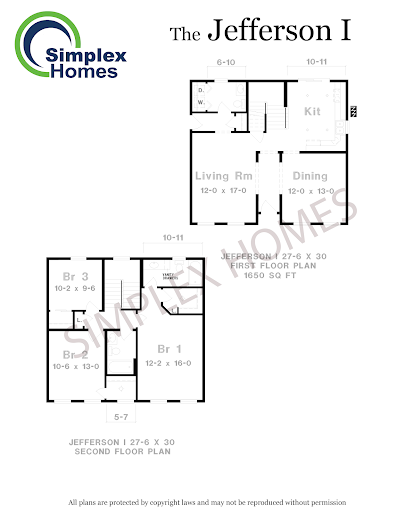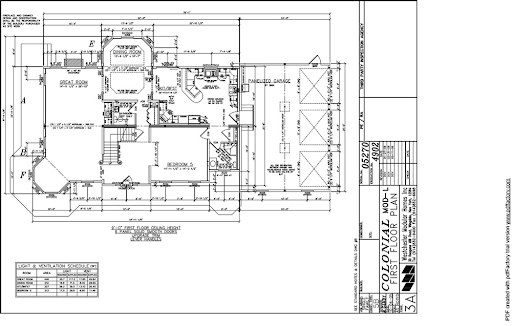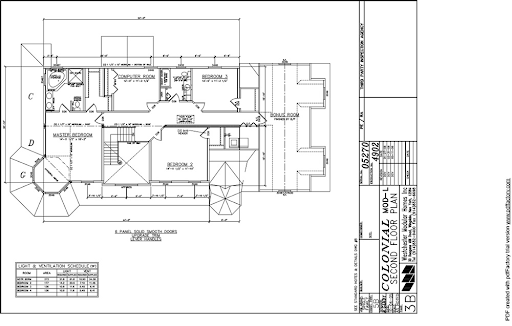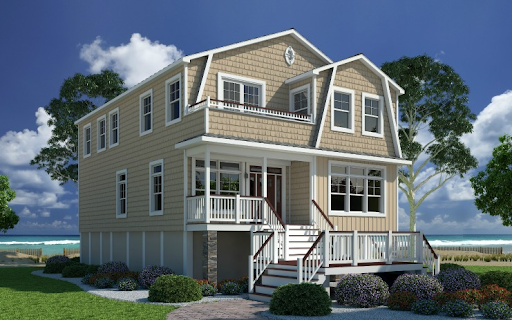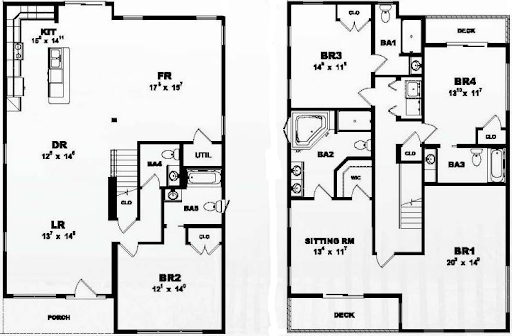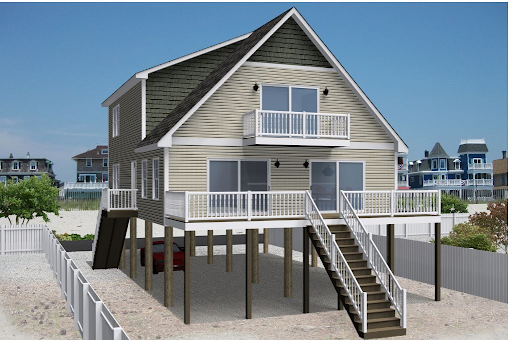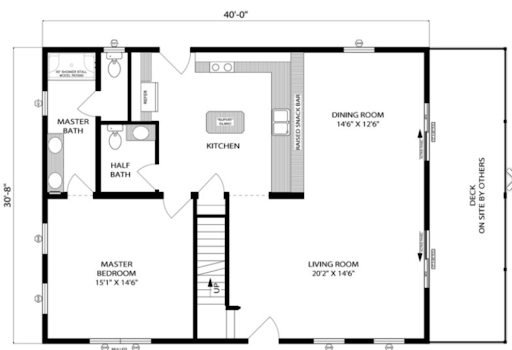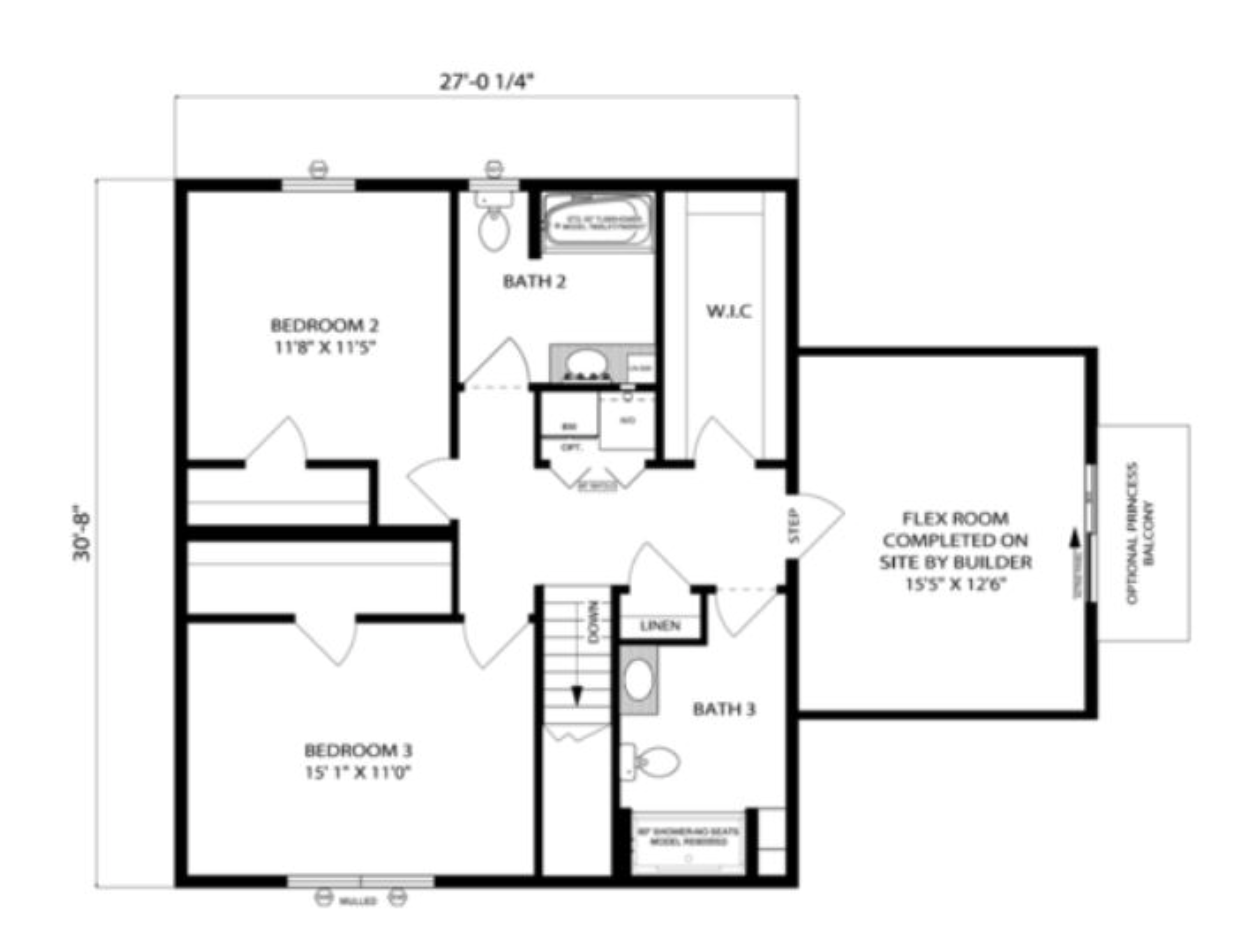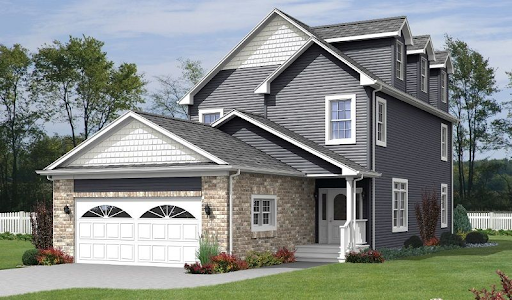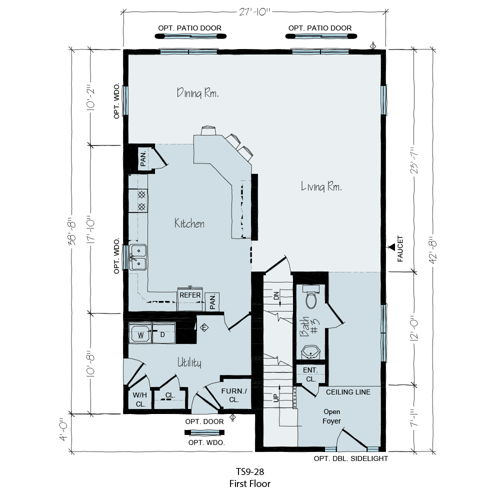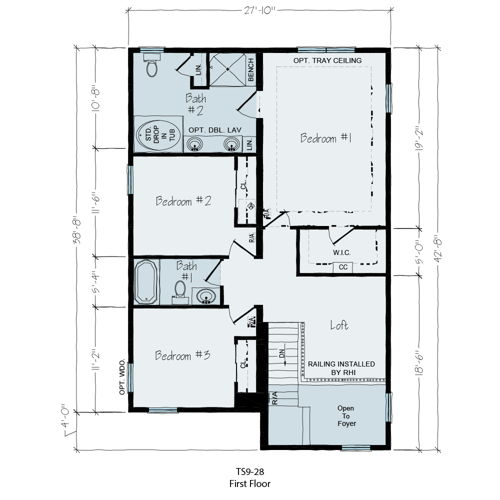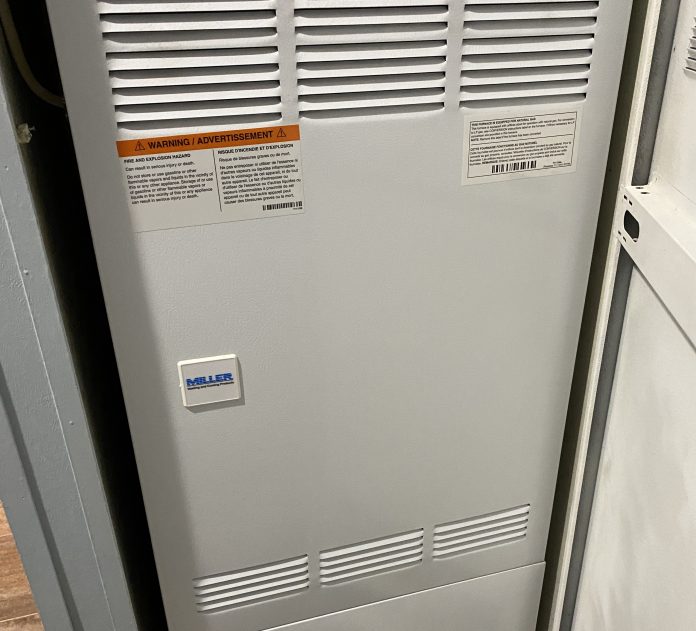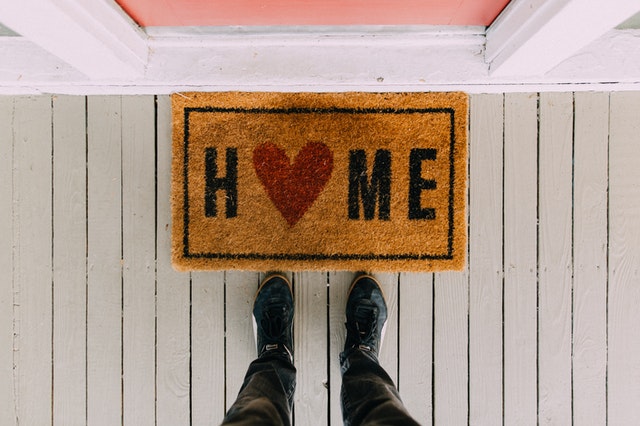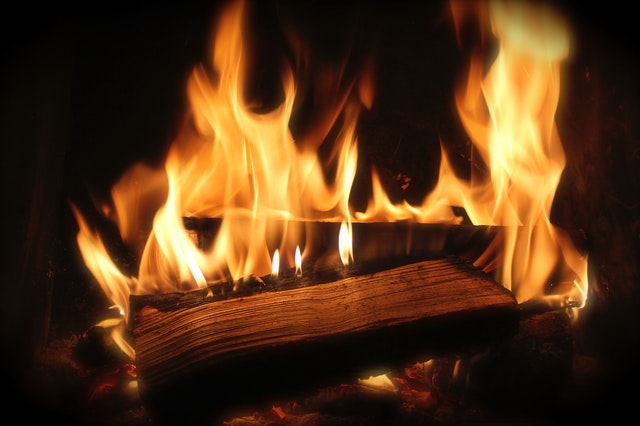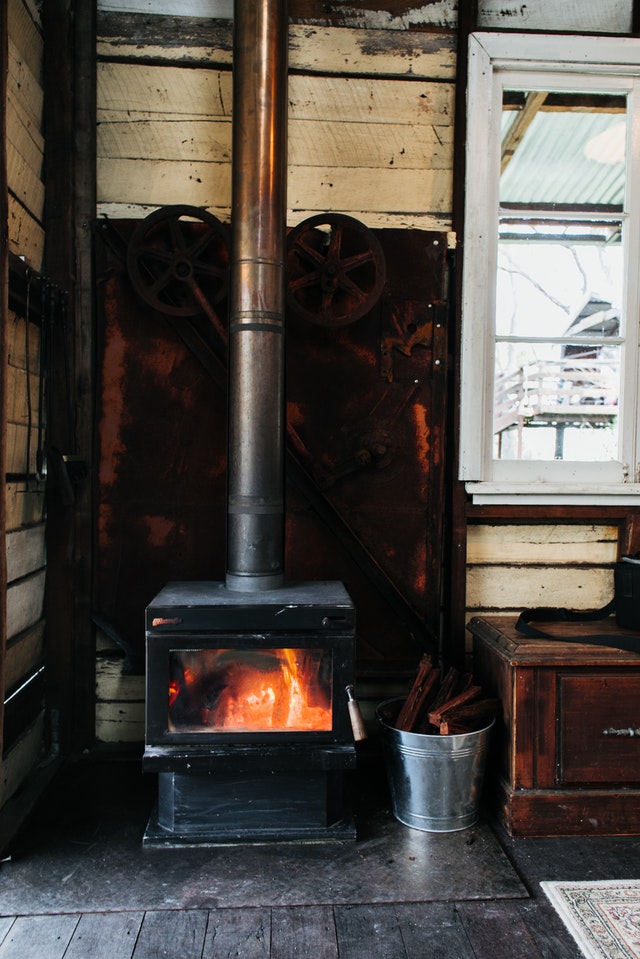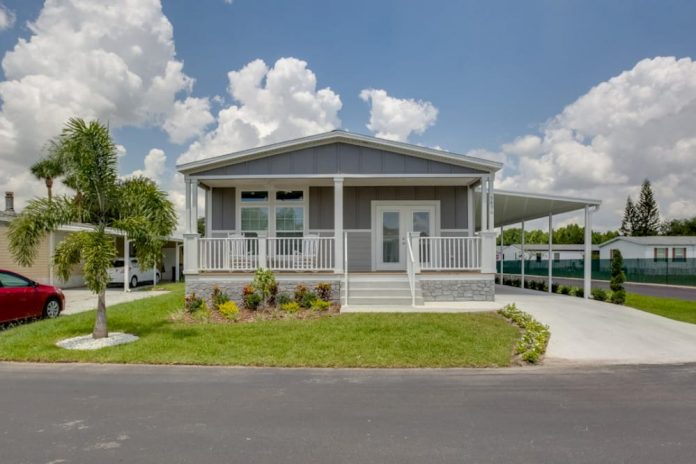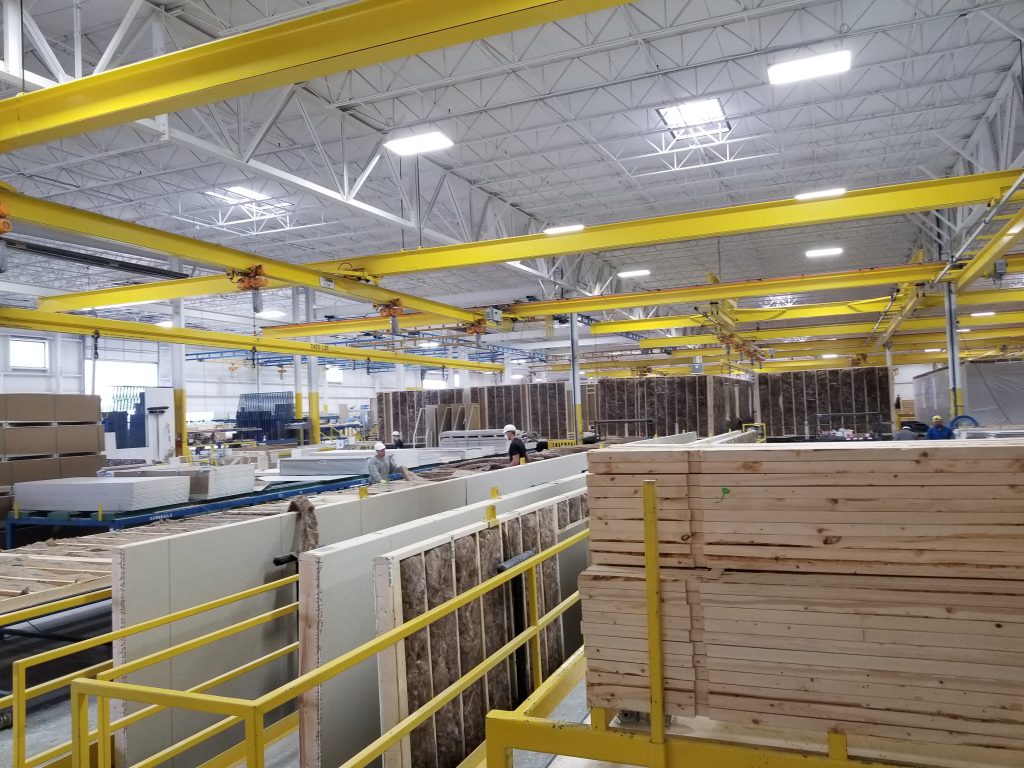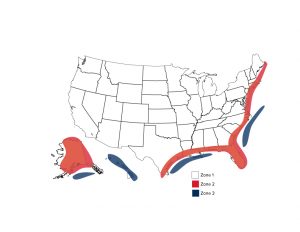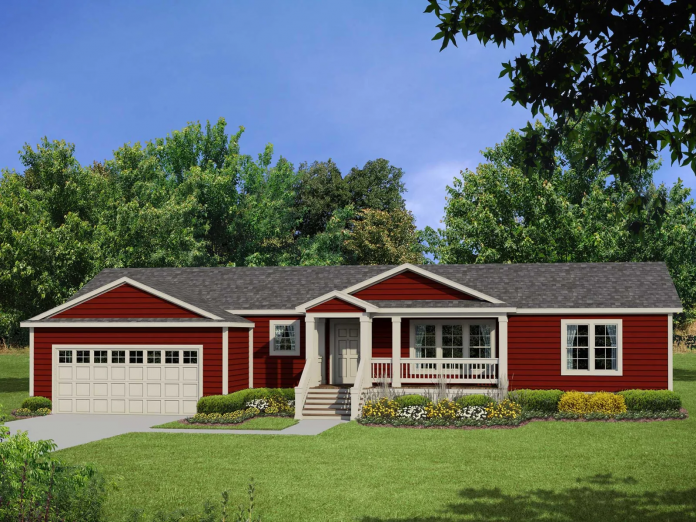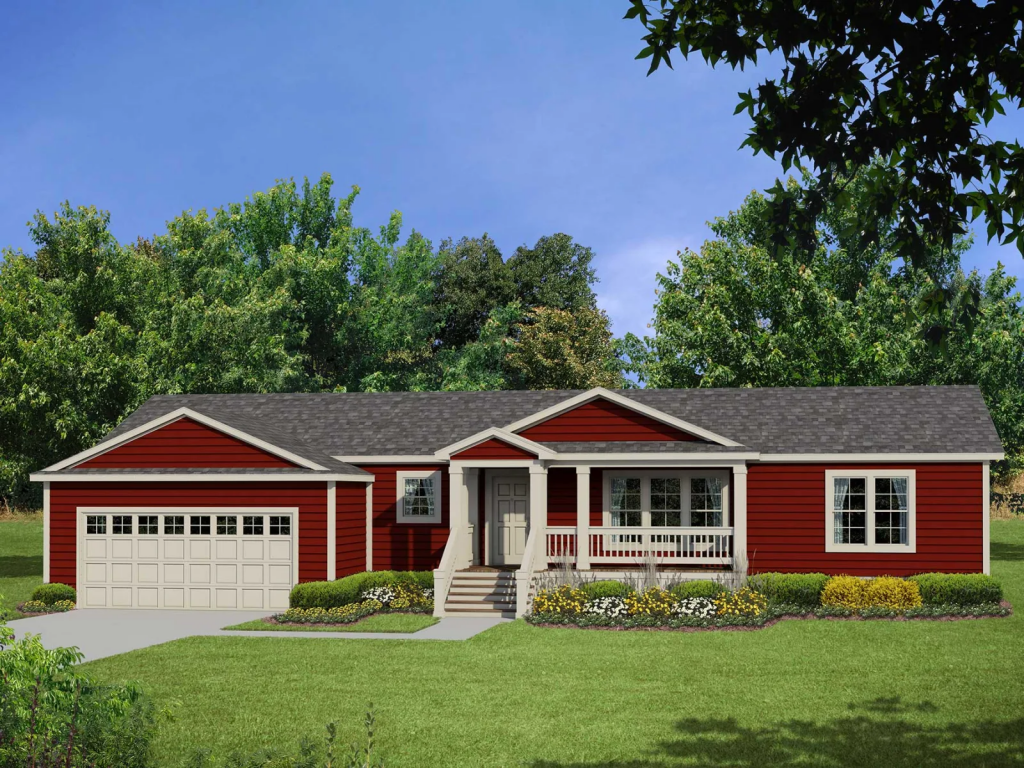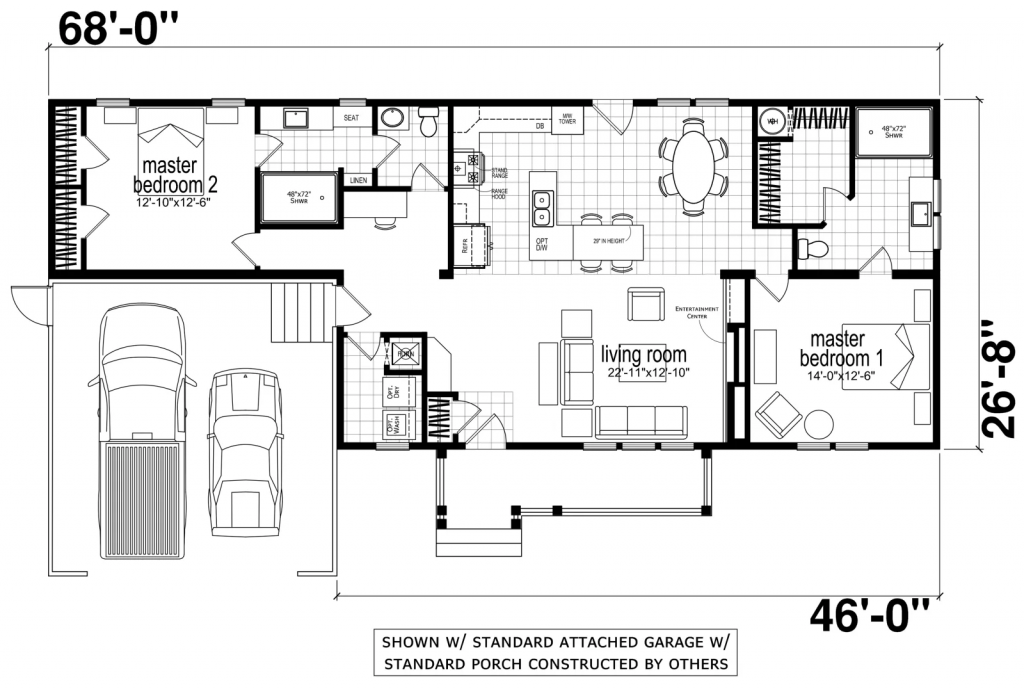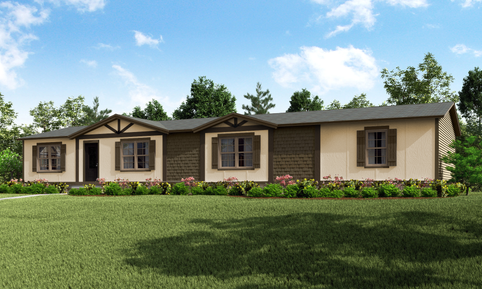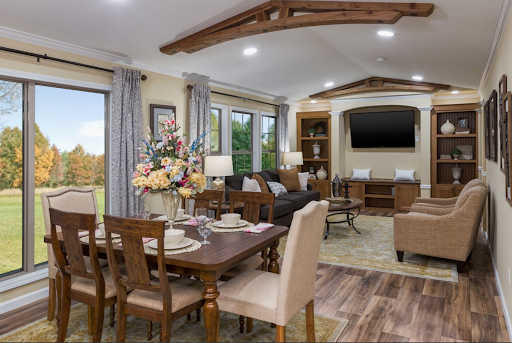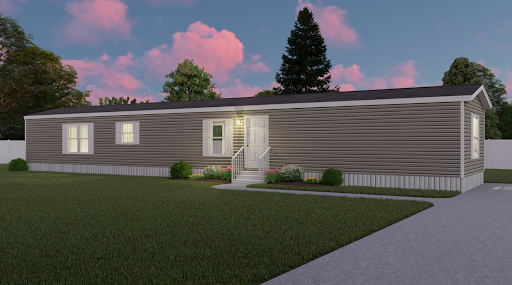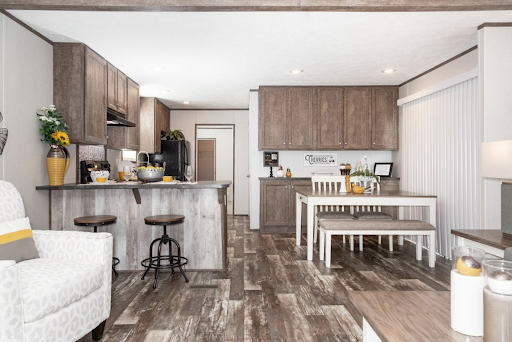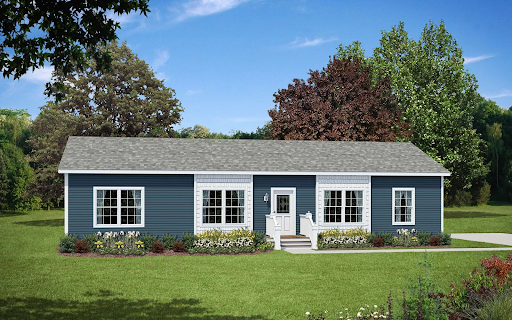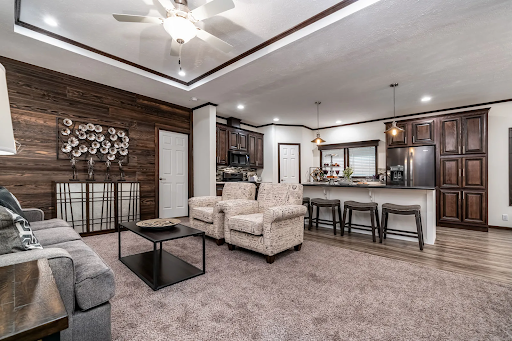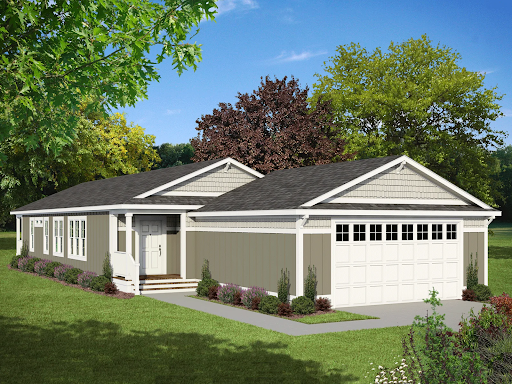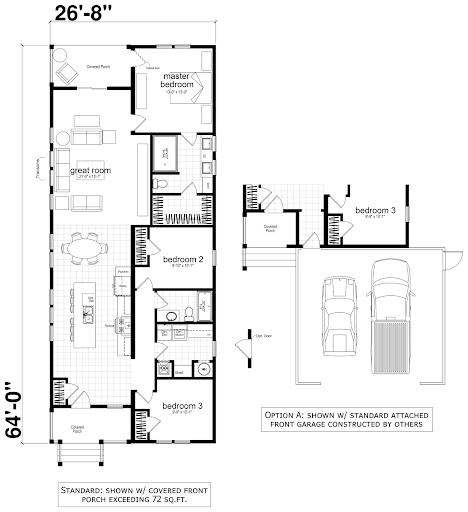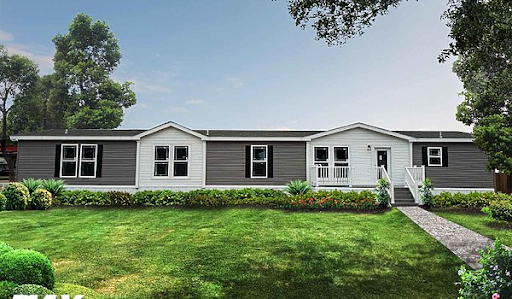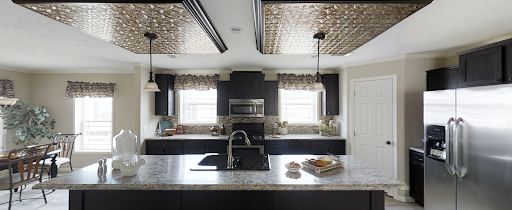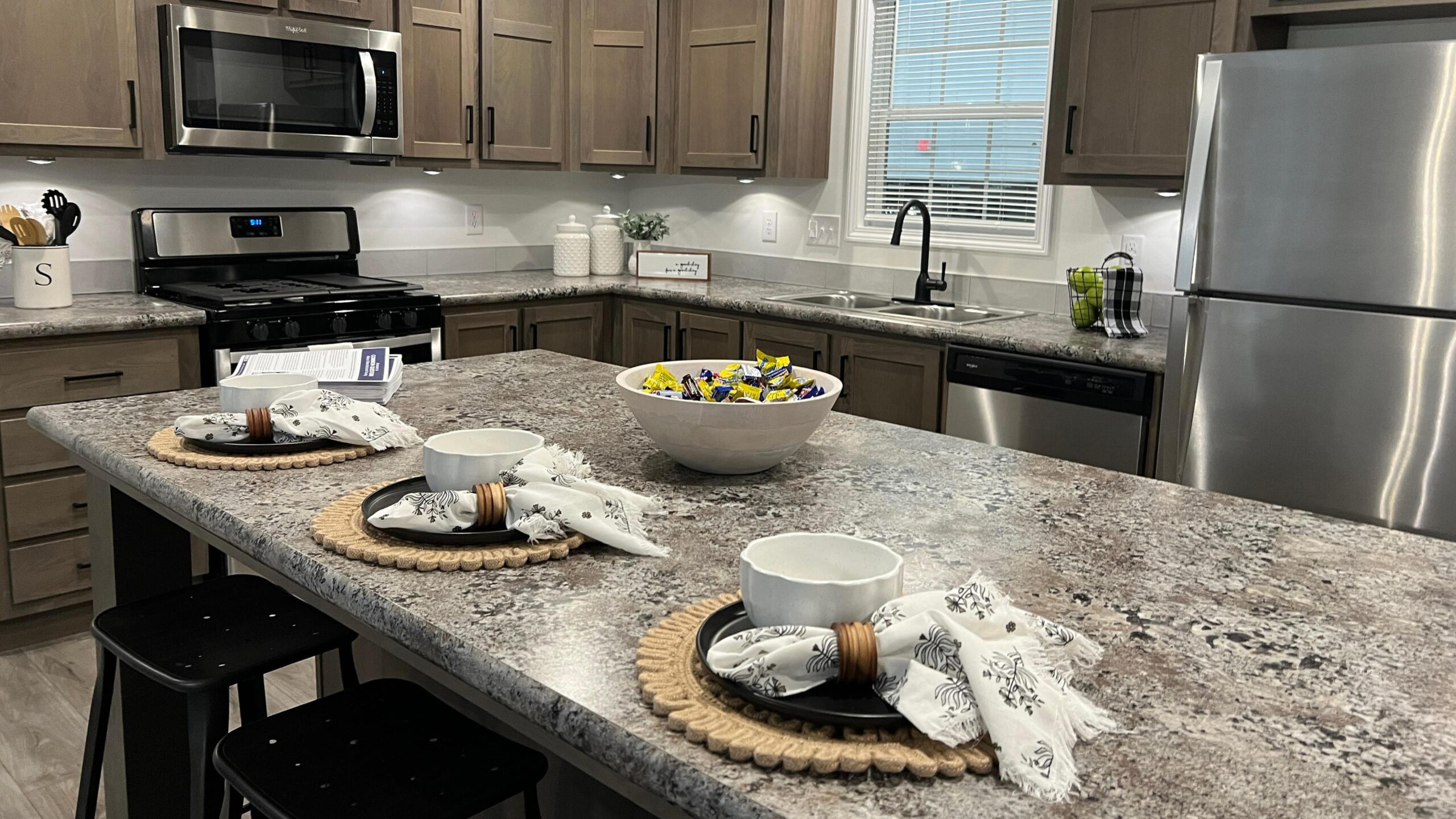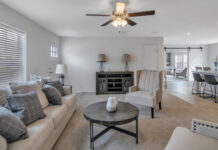Whether you prefer a quiet lifestyle or being near the action, living on the water in a warm climate is an exciting prospect for any home buyer. There’s nothing like waking up on a gorgeous day face-to-face with shoreside views. If you’re searching for a way to relax and enjoy the sunshine in a place of your own without paying top dollar, it’s hard to beat a waterfront manufactured home in Florida.
There’s a lot to love about the idea, so we wanted to share some of the more appealing options available today. Take a look at these six impressive waterfront homes.
#1 — 327 3rd Street Drive W 41, Palmetto, FL
- 2 Bed, 2 Bath
- 1,200 Sq Ft.

Sitting in an excellent location inside Pegal Point Estates, this gorgeous waterfront manufactured home includes a large boat slip, covered porch, and a one-of-a-kind view of the Manatee Bay. In addition to the incredible scenery, the Palmetto home is conveniently located near a variety of restaurants, shopping centers, and downtown happenings within Bradenton’s gorgeous entertainment district.

Currently up for sale or available as a seasonal rental, the home is well-suited for shoppers looking to relax and enjoy Florida’s great weather right on the water.
View more details about this home →
#2 — 200 S Banana River Dr Lot F-19, Merritt Island, FL
- 3 Bed, 3 Bath
- 1,456 Sq Ft.

Located right on the shore of the Banana River in Merritt Island is this attractive, spacious double wide manufactured home. The waterfront property has a remarkable view of the sunset and sits alongside a pier that many residents visit to take in the scenery.

Situated in River Palms Mobile Home Park, a 55+ community, this 2019 home has a slew of unique features including a concrete parking pad, solar lighted walkway, double-pane high impact windows, a state of the art kitchen, and more.
View more details about this home →
#3 — 39 South Harbor Drive, Vero Beach, FL
- 2 Bed, 2 Bath
- 1,920 Sq Ft.
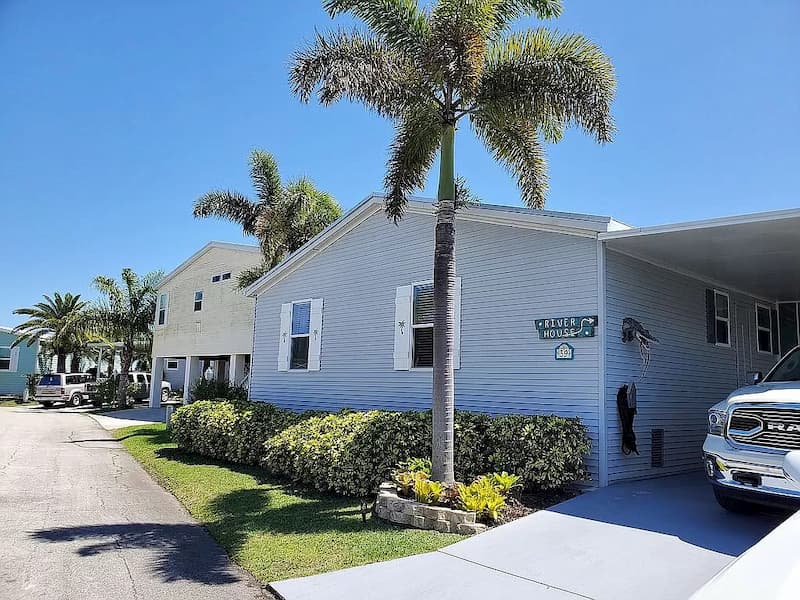
Another beautiful waterfront home is this fabulous, well-maintained dwelling located in the Fairlane Harbor community in Vero Beach, FL. Sitting nicely above the canal, this home has both spectacular views and convenient access to the water for boating fun.

The spacious deck and lower platform closer to the water gives plenty of seating room to accommodate guests. When it comes to gardening, birdwatching, or lounging outdoors in the sun, it’s tough to beat a location like this. For more photos and information, visit the link below.

View more details about this home →
#4 — 101 11th Street, Ocean Lot #0042, Marathon, FL
- 2 Bed, 1.5 Baths
- 960 Sq Ft.
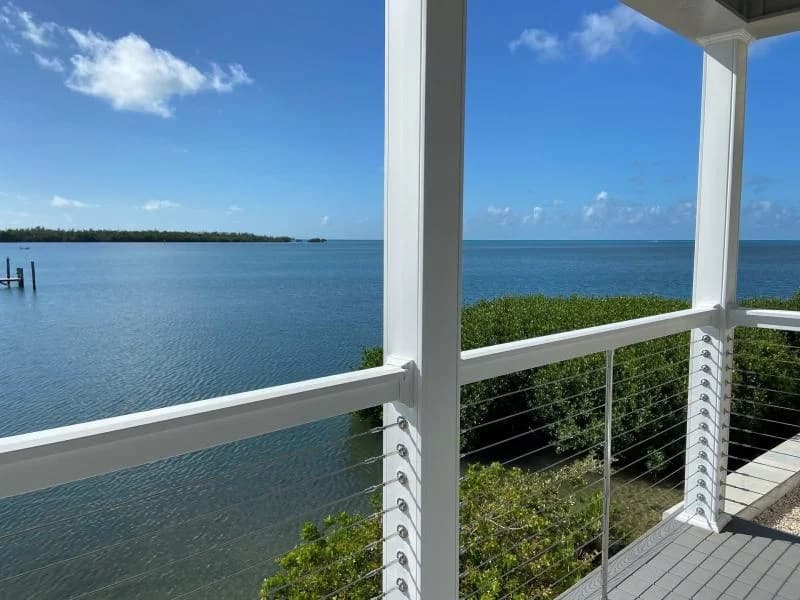
The most luxurious waterfront manufactured home out of the six here is this brand new 2 bedroom overlooking the Atlantic Ocean and Boot Key Harbor.
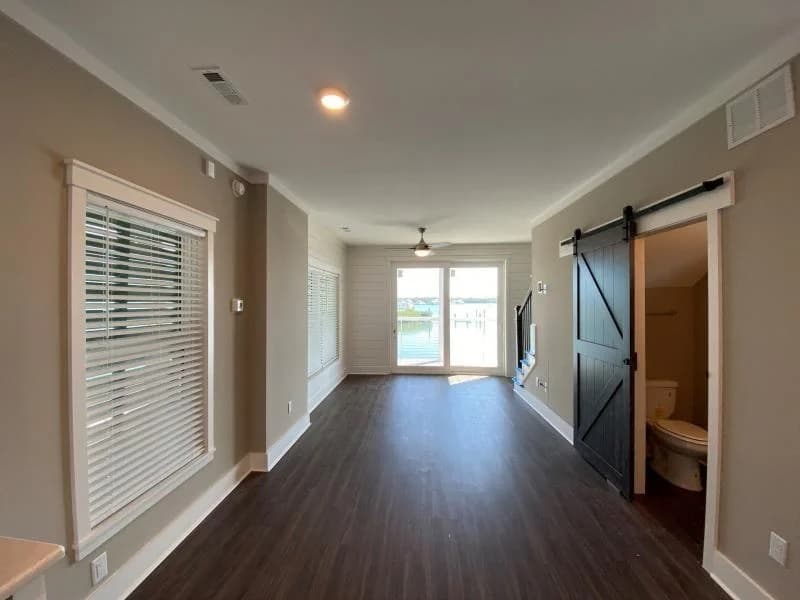
The low maintenance coastal cottage beach home includes a variety of storm safety features and modern appliances including impact windows/doors, Bahama shutters, James Hardie siding, upgraded stainless steel Whirlpool appliances, quartz countertops, and more.
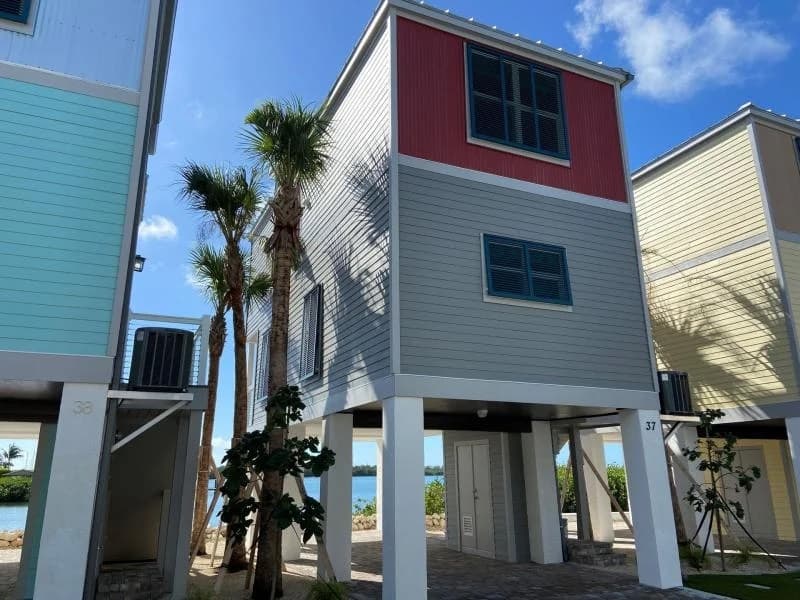
View more details about this home →
#5 — 18675 U.S Hwy 19 N., Clearwater, FL
- 2 Bed, 2 Bath
- 1,568 Sq Ft.
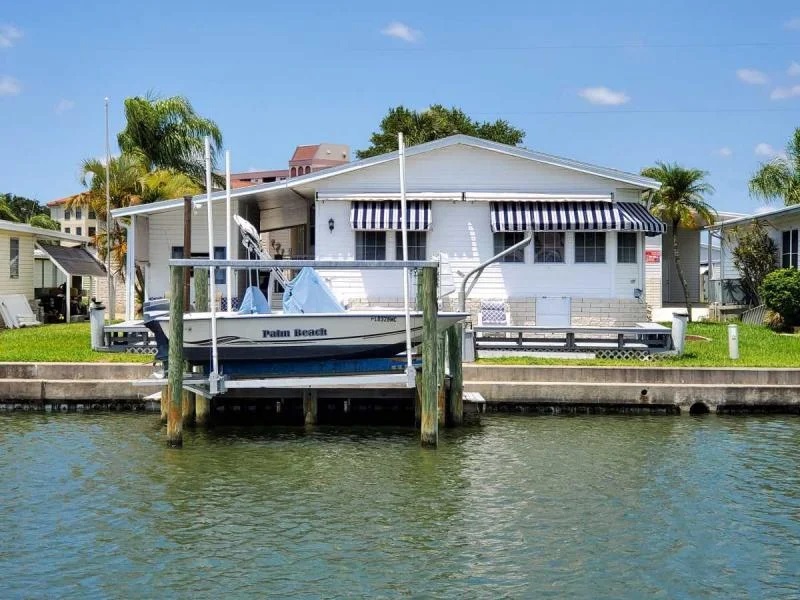
Nicely located just minutes from the world-famous Clearwater Beach is this lovely waterfront home sporting great scenery, a dock, and a boat lift.

The open deck offers plenty of lounging space for relaxing in the shade or under the sun.

Residing inside one of Pinellas County’s top-tier waterfront communities, Bay Aristocrat Village offers plenty of ways to enjoy the warm Florida lifestyle. Some amenities include heated pools, jacuzzies, fishing piers, and a variety of social activities on a regular basis.
View more details about this home →
#6 — 117 Harbor Pointe, Port Orange, FL
- 2 Bed, 2 Bath
- 1,092 Sq Ft.

Last but not least is this nice gem located in the 55+ community of Seabird Island. The shaded porch and extended deck of the waterfront home sitting directly on top of the Halifax River.

As a well-maintained property with several new upgrades, this is another strong option for seniors and retirees to enjoy relaxation in the sun.
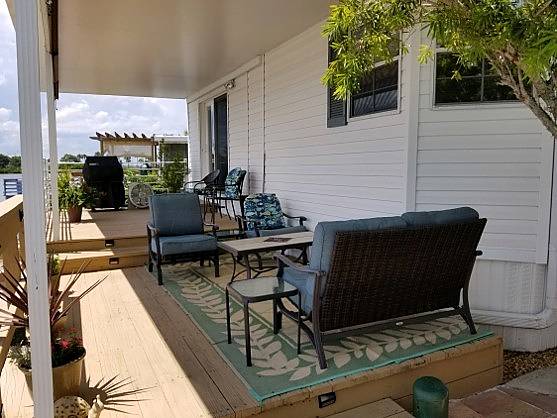
View more details about this home →
Want to See More?
Explore our full selection of manufactured homes in Florida and browse additional waterfront, resort-style properties available on the market today.





